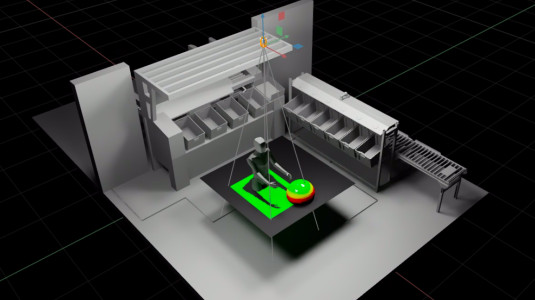Customer-obsessed science


Research areas
-
August 26, 2025With a novel parallel-computing architecture, a CAD-to-USD pipeline, and the use of OpenUSD as ground truth, a new simulator can explore hundreds of sensor configurations in the time it takes to test just a few physical setups.
Featured news
-
ECIR 20242024Recommender systems play a crucial role in the e-commerce stores, enabling customers to explore products and facilitating the discovery of relevant items. Typical recommender systems are built using n most recent user interactions, where value of n is chosen based on trade-off between incremental gains in performance and compute/memory costs associated with processing long sequences. State-of-the-art recommendation
-
Transactions on Machine Learning Research2024Bayesian Optimization (BO) is an effective method for finding the global optimum of expensive black-box functions. However, it is well known that applying BO to high-dimensional optimization problems is challenging. To address this issue, a promising solution is to use a local search strategy that partitions the search domain into local regions with high likelihood of containing the global optimum, and
-
2024We propose an approach for continuous prediction of turn-taking and backchanneling locations in spoken dialogue by fusing a neural acoustic model with a large language model (LLM). Experiments on the Switchboard human-human conversation dataset demonstrate that our approach consistently outperforms the baseline models with single modality. We also develop a novel multi-task instruction fine- tuning strategy
-
CVCI 20242024State of the art methods for anomaly localisation in product images take a patch based approach that models an anomaly patch in an image as an outlier to a distribution of normal image patches. These approaches require the avail-ability of sufficient normal and sometimes even abnormal product images. In this work we present a zero/few-shot anomaly localisation method, where, given an image and a set of
-
2024We introduce a real-time, multichannel speech enhancement algorithm which maintains the spatial cues of stereo recordings including two speech sources. Recognizing that each source has unique spatial information, our method utilizes a dual-path structure, ensuring the spatial cues remain unaffected during enhancement by applying source-specific common-band gain. This method also seamlessly integrates pretrained
Academia
View allWhether you're a faculty member or student, there are number of ways you can engage with Amazon.
View all





























